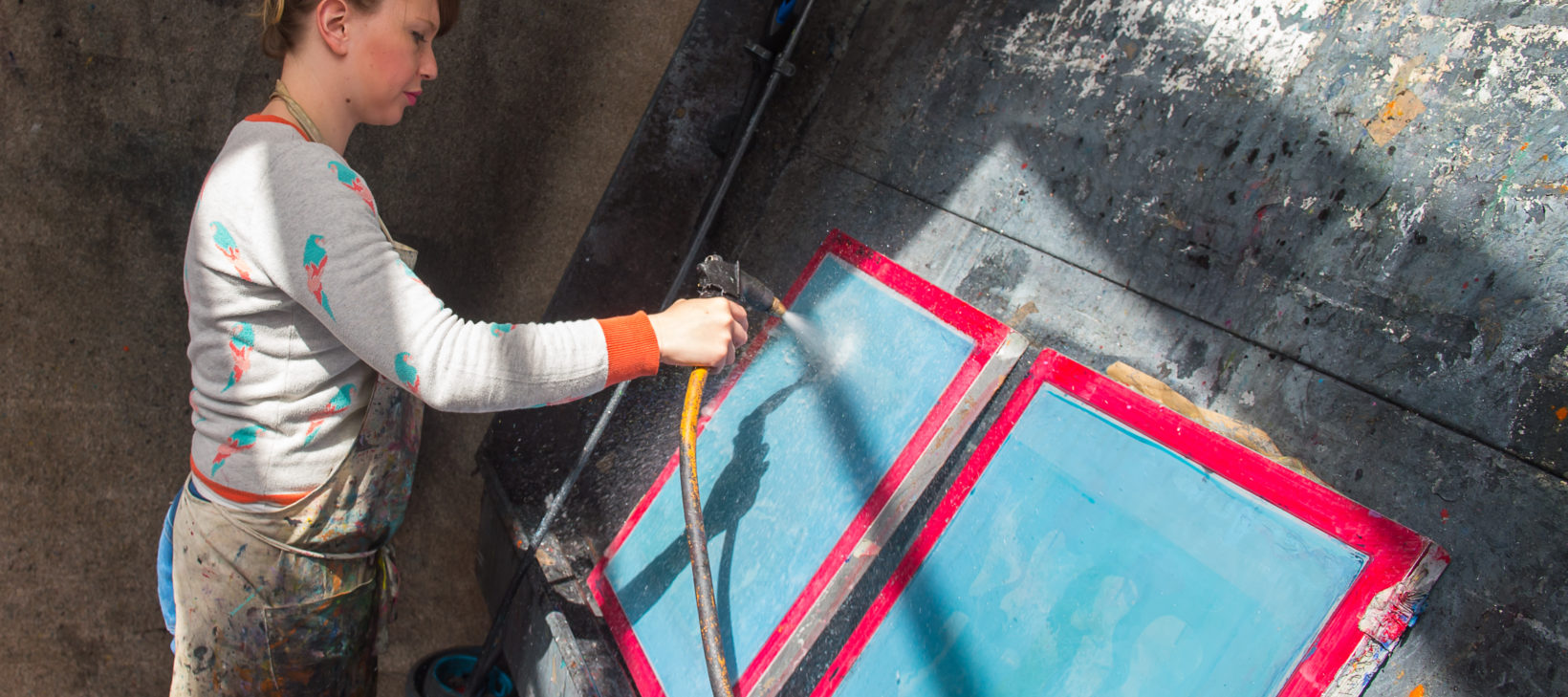At Bluecoat we’re committed to working with new talent and building a diverse team that can serve our local communities. As we carry out recruitment for a series of new roles, our Chief Executive Mary Cloake and Artist Facilitator & Project Coordinator Gina Tsang have put together a few of our top tips to help you as you apply for jobs in and out of the arts sector.
Take your time
Don’t rush your application. At the Bluecoat, to ensure fairness, we consider applications using a scoring points system based on how your experience matches the job description and person specification. It’s a system lots of organisations use and means you need to take some time to look at how your knowledge and skills match what we’re looking for. If you’ve got lots of ideas and work best getting them down on paper quickly, put a rough draft together and then check it carefully against the job description and person specification.
Structure your response
It’s important to organise your response in the most compelling way, so it’s easy to see why you would be a good fit for the role. Make a list of the selection criteria – all the skills and experience we’re looking for – and then for each one think of an example you can include. To help you plan your answers it can be helpful to make a table with the criteria on one side and your skills and experience on the other. Where possible show hard evidence and be explicit with the detail. Don’t assume the reader will make connections, if you have a degree in an arts subject don’t presume they will know you are passionate about the arts – tell them.
Use the STAR model
A good way to structure your examples is the STAR model. ‘STAR’ (Situation, Task, Action and Result) can help you provide a concise and persuasive answer to questions about your experience.
Situation
Provide brief details about the situation you were in so the reader can understand what was involved e.g. ‘I was working in a café when a customer complained.’
Task/Target
Outline what your objective or purpose was to give your answer context e.g. ‘This was a regular customer and I wanted to ensure we retained their custom...’
Action
Describe what you did in the situation and how you approached it e.g. ‘I calmly listened to the problem, assured them it was unusual and told them we valued their custom…’
Result
State the outcome – did you succeed? What did you learn/gain from being in that situation? e.g. ‘After speaking with my manager we offered a refund and replacement, the customer was happy and continued to return to the café…’
Think laterally
There are many skills that are transferrable from one job or situation to another. If you don’t have directly relevant job experience you might be able to use examples from other parts of your life. Caring for a relative, home-schooling, volunteering or running a local sports team can all illustrate key skills.
Don’t let technology defeat you
If you are struggling to complete your application because of a technical or IT issue there will usually be a solution. Some candidates were unable to access Microsoft Word in our recent application process as libraries were closed due to the Covid lockdown. Google Docs is a free and flexible alternative that can be used for many applications.
The next time you’re applying for a role try to keep these five tips in mind. But most importantly keep going, keep trying and keep applying. The arts sector needs new people and fresh ideas to shake it up and broaden perspectives.
Keep and eye on our website and follow us on social media for the latest job opportunities at Bluecoat.

